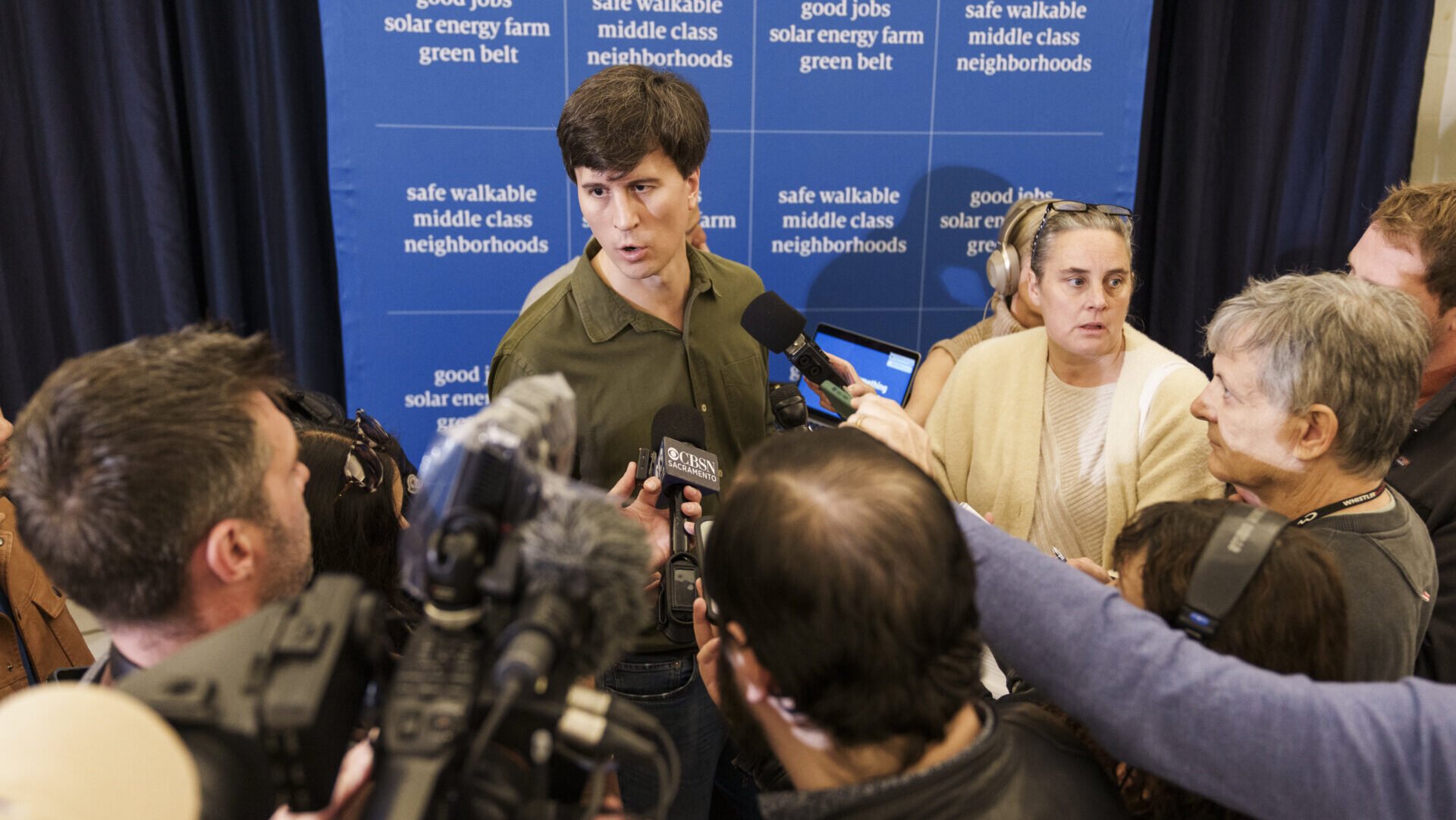Copyright Fast Company

For leaders today, the pressure to do more with less feels relentless. Leaner teams, flatter organizations, and the rise of productivity tools such as Slack, Notion.ai, and Monday.com promise efficiency but often deliver the opposite: more reporting, more deliverables, and the demand to be “always on.”Organizations are increasingly falling into the “acceleration trap,” taking on too much too quickly and undermining their effectiveness and well-being. Sandra, a senior leader in the tech sector, saw this firsthand. After a reorganization left her team stretched thin, she slipped into a “9-9-6” routine—working nine to nine, six days a week. Gallup’s research shows unmanageable workloads and unclear priorities are top drivers of burnout and disengagement. For Sandra and her team, competing priorities created the illusion of progress. Quick wins piled up, but strategic projects stalled. Through our work advising dozens of companies navigating high-stakes transformations, we have seen this pattern repeatedly. Kathryn, as an executive coach and keynote speaker, and Jenny, as an executive adviser and learning & development expert, help leaders recognize when they’ve fallen into the productivity trap, and how to climb out before it undermines their long-term impact. Productivity isn’t the problem. Unbounded productivity is. Nonstop execution drains energy, mutes your voice, and erodes your ability to lead strategically. Here are four ways to avoid the trap. Subscribe to the Daily newsletter.Fast Company's trending stories delivered to you every day Privacy Policy | Fast Company Newsletters 1. Set Boundaries Against Over-Execution Deloitte finds that when AI and productivity tools lack clear ways of working, they create more work. Sandra’s team once tracked 157 projects, spending more time updating systems than moving work forward. As deadlines slipped, Sandra found herself diving into the weeds to close gaps—a vicious cycle that left her team dependent on her and pulled her away from the strategic work only she could do. “Long hours backfire,” undercutting both people and organizational outcomes, with over-execution producing diminishing returns. To avoid this death by a thousand cuts, leaders must set clear rules of engagement. Focus only on mission-critical projects and eliminate the noise. Create a not-to-do list. Steve Jobs said, “I’m actually as proud of the things we haven’t done as the things I have done.” Empower your team to say “not now” when requests don’t align with priorities. And keep stakeholders aligned by communicating progress and risks, reinforcing that the team is tackling the biggest problems. By following these principles, Sandra’s team cut the list to 25 priorities. But protecting time is only part of the equation; leaders must also decide how to spend it. 2. Balance Operator and Architect Modes Even after narrowing the list, Sandra was pulled into details. Her CEO wanted project-level updates, so she dug into the weeds herself, time that should have been spent on architect-level work, such as setting direction, aligning stakeholders, and shaping long-term priorities. If she had stayed at the right level, her team would have managed the details, and her CEO would have been hearing about trends, risks, and strategic shifts proactively through her updates. The Entrepreneurial Operating System (EOS) frames this as: “rocks, pebbles, sand.” Rocks: the 3–7 strategic priorities that truly move the business Pebbles: mid-sized projects matter but don’t transform the business Sand: daily tasks, emails, and meetings that eat capacity The insight is simple: protect the rocks. Each time Sandra dug into sand, she sacrificed architect time. Ask: Am I building the future, or just surviving the present? Protecting rocks advances strategy and gives leaders clarity to speak up when new requests threaten to divert focus. 3. Speak Up—Don’t Suffer in Silence One of the most common traps for leaders is quietly absorbing more work than they can handle. The instinct often comes from a desire to help and prove capability. However, silence signals capacity and quickly leads to overload. Gallup research shows unmanageable workloads are one of the biggest drivers of burnout and disengagement. advertisement The antidote is to make trade-offs explicit and visible. Leaders who speak up frame pushback not as resistance but as stewardship of priorities. Ground conversations in data: dashboards and workload views turn invisible strain into concrete evidence, elevating the discussion from “Can you take this on?” to “How do we prioritize what matters most?” Simple routines also normalize dialogue about focus. Start-stop-continue discussions encourage teams to decide what to pause or drop before new work is added. Asking, “Which initiative should we deprioritize to make room for this one?” reframes pushback as alignment, not reluctance. When Sandra faced mounting demands from her executive team, she shifted from silent acceptance to strategic dialogue. Instead of taking on every initiative, she began saying, “If we add this project, here’s what won’t move forward.” That change forced trade-offs onto the table, protected her capacity to act, and strengthened performance. 4. Protect Your Strategic Energy Sandra thought she was shielding her team by absorbing the overflow. It felt generous, even necessary, to keep them from burning out. But the more she took on, the more depleted she became. What looked like support drained her clarity and influence. That realization became a turning point. Protecting her strategic energy wasn’t selfish; it was the only way to lead effectively. Leaders safeguard energy by channeling it into high-leverage priorities only they can drive: setting strategic direction, strengthening client growth, aligning stakeholders, and developing talent. McKinsey research shows sustainable productivity depends less on visible activity and more on aligning day-to-day focus with core strategy. Once Sandra redirected her attention to those high-value areas, her team stepped up operationally. The company advanced with greater focus, and her CEO engaged her in forward-looking conversations that reflected her true value. Protecting her energy unlocked not just her effectiveness, but her company’s. When leaders over-execute, chase quick wins, or stay silent under pressure, they risk undermining the very future they are trying to build. Busyness doesn’t create results or innovation; focus and reflection do. The leaders who thrive aren’t the busiest, but the ones who know how to protect their capacity for the work only they can do. Where might you be confusing activity for impact, or quick wins for real progress?



